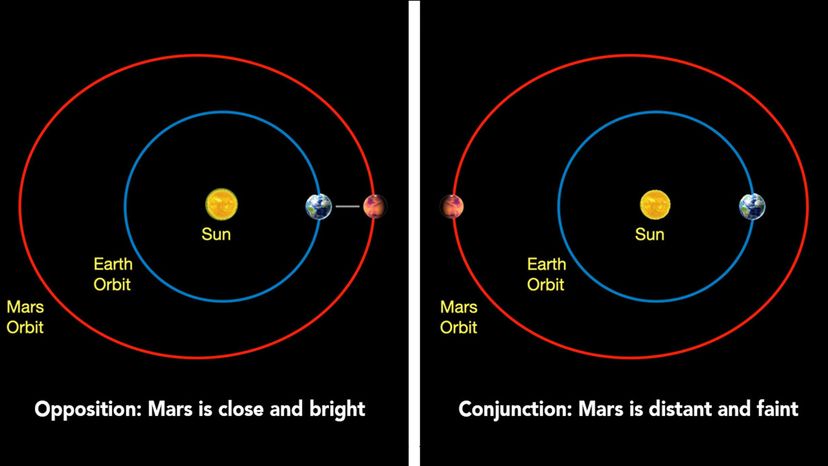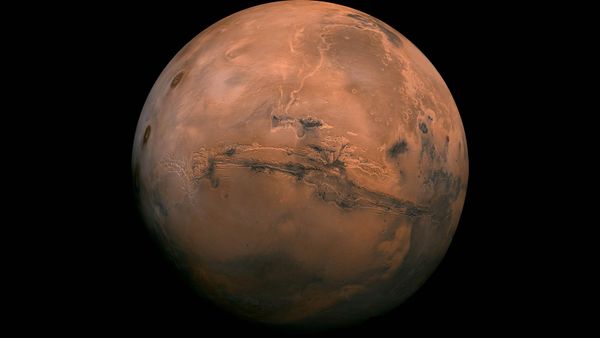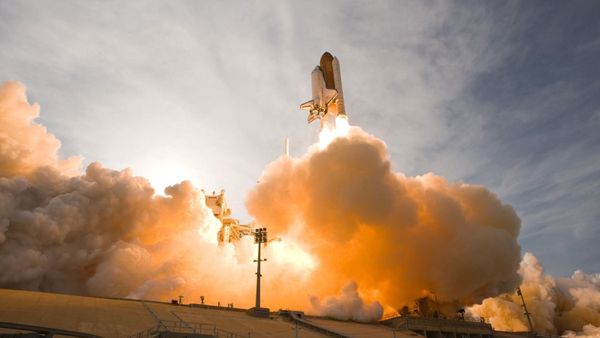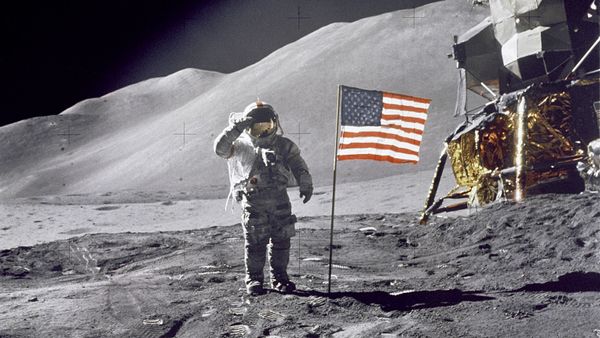
Soon, Mars and Earth will dance around the sun for an event formally called the Mars solar conjunction. In simple terms, it's a period when Mars and Earth are on opposite sides of the sun. So what's the big deal?
For roughly two weeks, every two years, the solar conjunction takes place. This year it's happening between Oct. 2 and Oct. 14. During this time, the sun obscures the two planets from each other, essentially making Earth and Mars invisible to each other. That means communication with NASA spacecraft on Mars is reduced to a quiet chatter.
Advertisement


